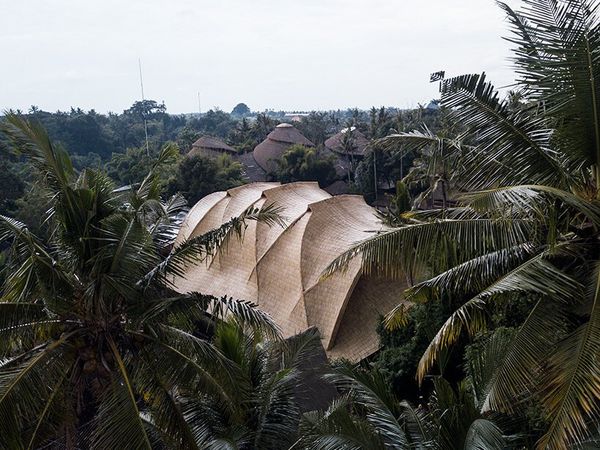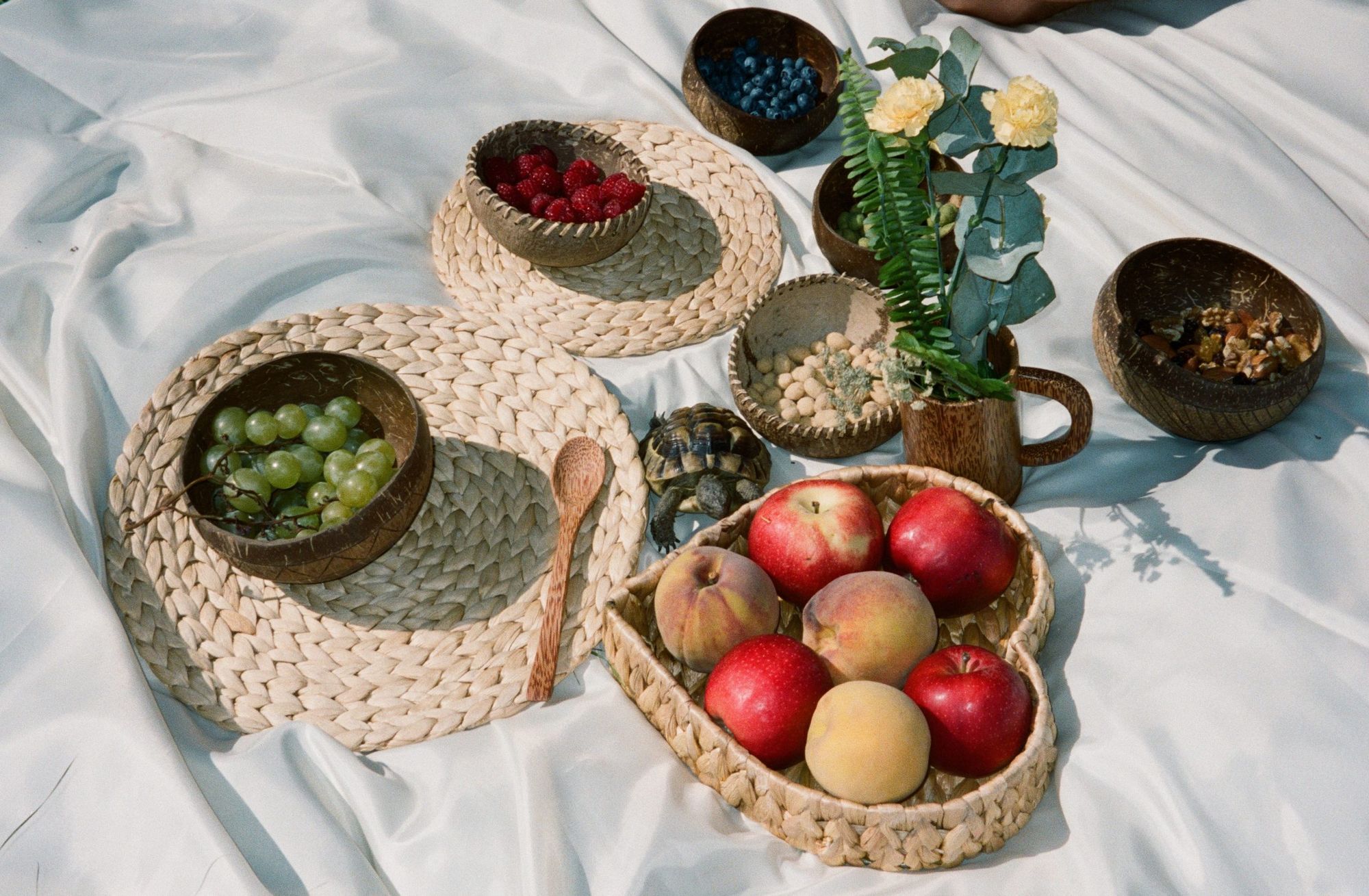The home is not just a living space, but a small corner of the universe interwoven with good energies—where our loved ones, memories, or just the promise of our future resides. However, if we get away from this special place, we need objects that create this attachment, even across half the world, to Vietnam. This is the story of Lam Sơn life.
When we have homesickness, we are not missing specific things, but we are looking for the sense of security that the home nest gives. Nowadays, when it is not uncommon to commute between distant parts of a country or the world, it is often the case that we are far from everything we know and are used to. Lovey Nguyen and her siblings, Kim Nguyen and Xuan Vinh Nguyen experienced just that when they came all the way to Hungary after their childhood in Vietnam. Lovey came to Budapest as a university student 5 years ago, integrated, made friends, started learning Hungarian as well until the coronavirus came last year when everything stopped and the possibility of traveling practically disappeared. The epidemic not only closed national borders but also tore apart families. So they needed something that could bring the beloved home closer, or at least its imprints.
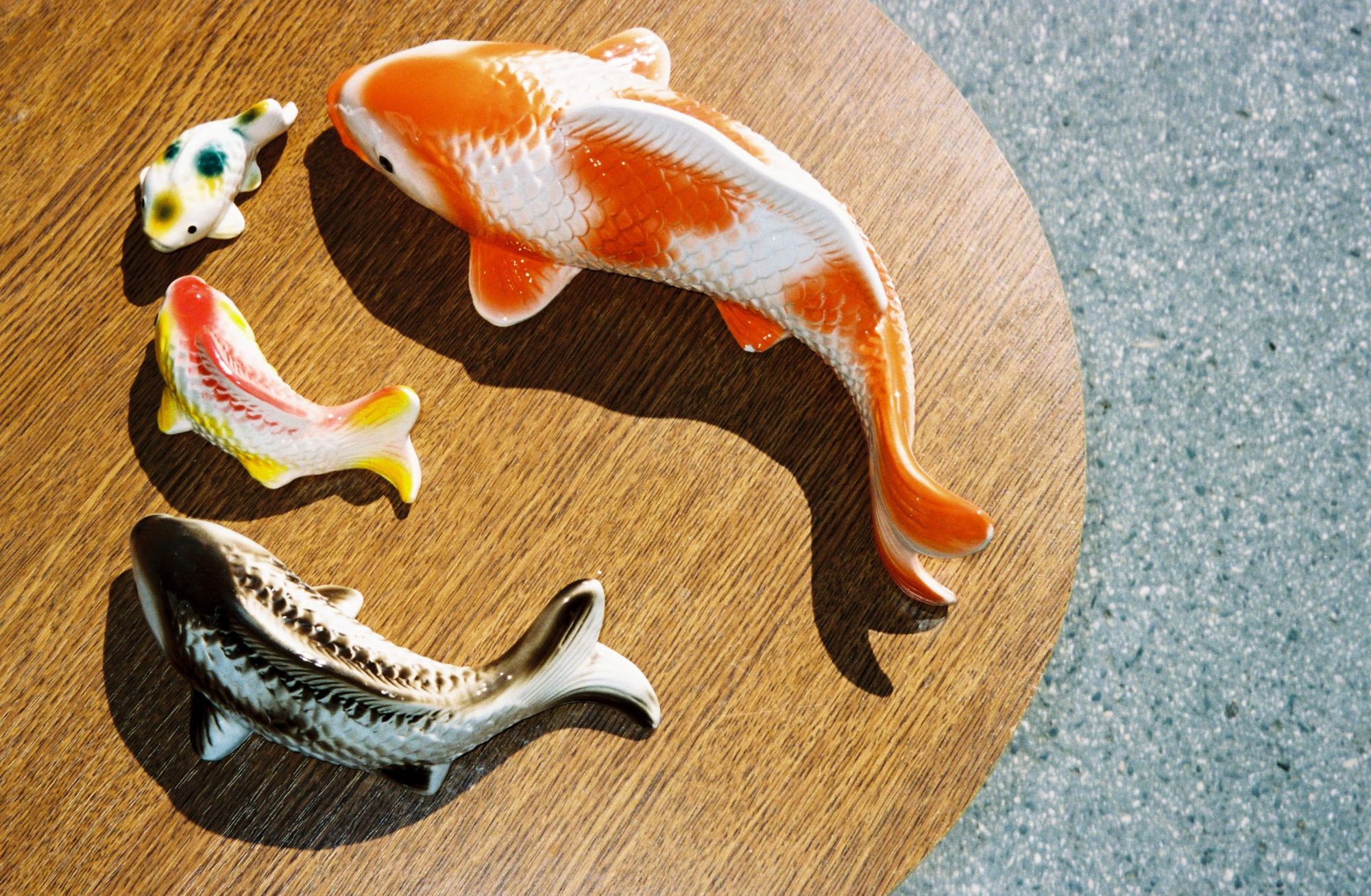
The Nguyen siblings come from South Vietnam, from along the Mekong River, where their parents are still engaged in handicrafts to this day. They have a lot of childhood memories of objects made with humility, attention, and love, such as rattan accessories made by spinning from the stems of water hyacinths. It was the first to be brought to Hungary and was soon followed by bowls made from coconut shells, as the use and consumption of coconut is an integral part of everyday life in Vietnam. They knew there was more to it than just being used by them, but the stars stood by them—once they walked at the foot of Gellért Hill, they noticed a small shop, so Lam Sơn life was born.
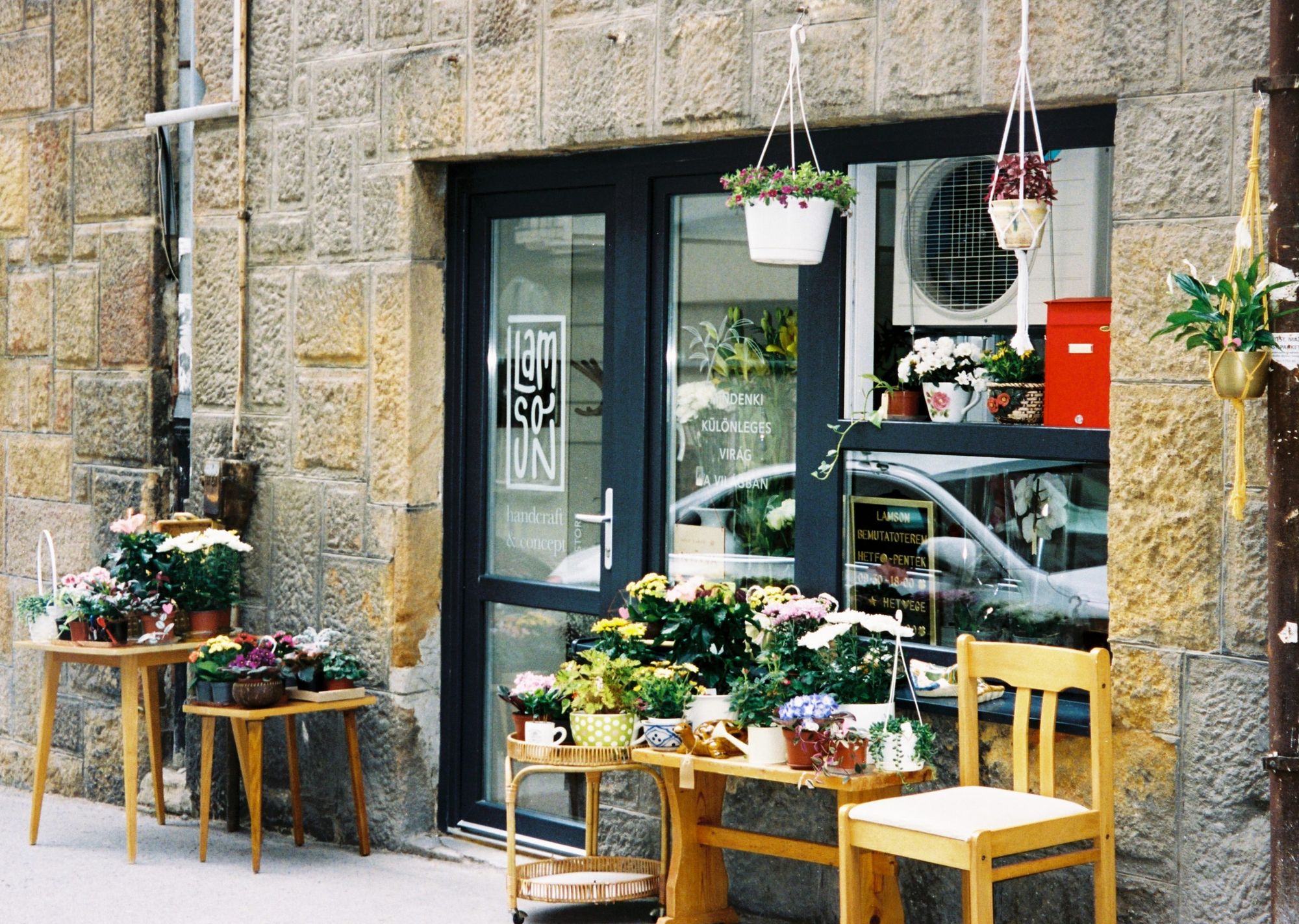
Lam Sơn was a 15th-century uprising when the Vietnamese people protested against the rule of the Ming dynasty. It revolved around their family as a kind of lucky term, so there was no question that it also gives the name of the store. The brand identity and design fully praise her work as well as that of her friends (the logo was designed by Adrienn Umlauf and Orsolya Nagy, for example). The store offers the above-mentioned items with new and new collections, such as various ceramics, bowls, figurines, or tea sets.
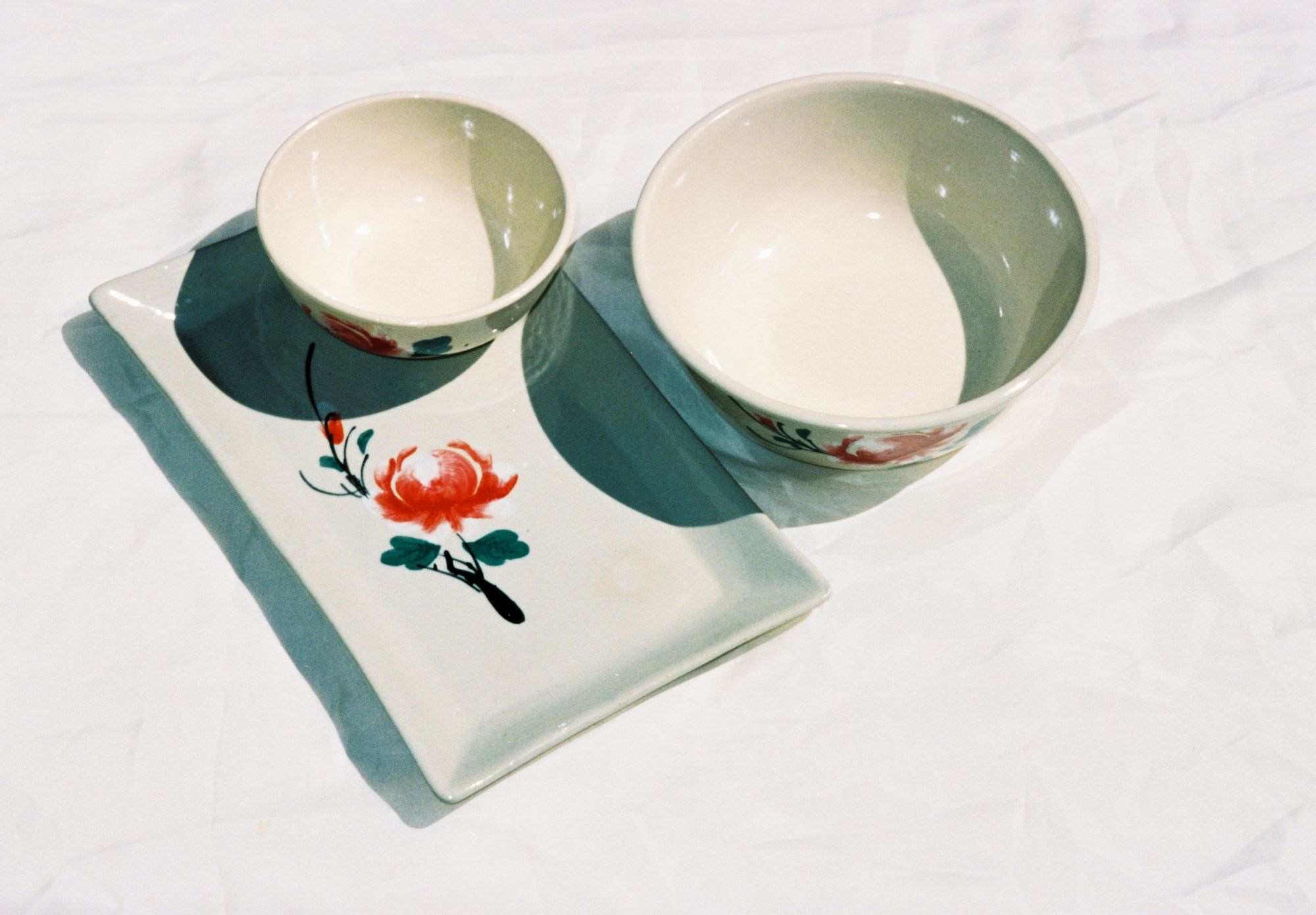
Each collection is associated with some kind of a memory or story and the family also knows the Vietnamese makers personally, so you can know who and where the item comes from. Such is the Thảnh thơi, that is “good day” tea set, where the craftsman painted the feeling on the material that was in Lovey’s soul when she returned home after 3 years and saw a small cottage with a banana tree in her garden. But postcards, bookmarks are also available from graphic designer Xuan Loc Xuan, as well as Vietnamese coffee from an artisan roastery of a dear friend and bean-to-bar chocolates from the Marou brand, selected by production areas and even supplemented with local spices and fruits (such as arabica coffee).
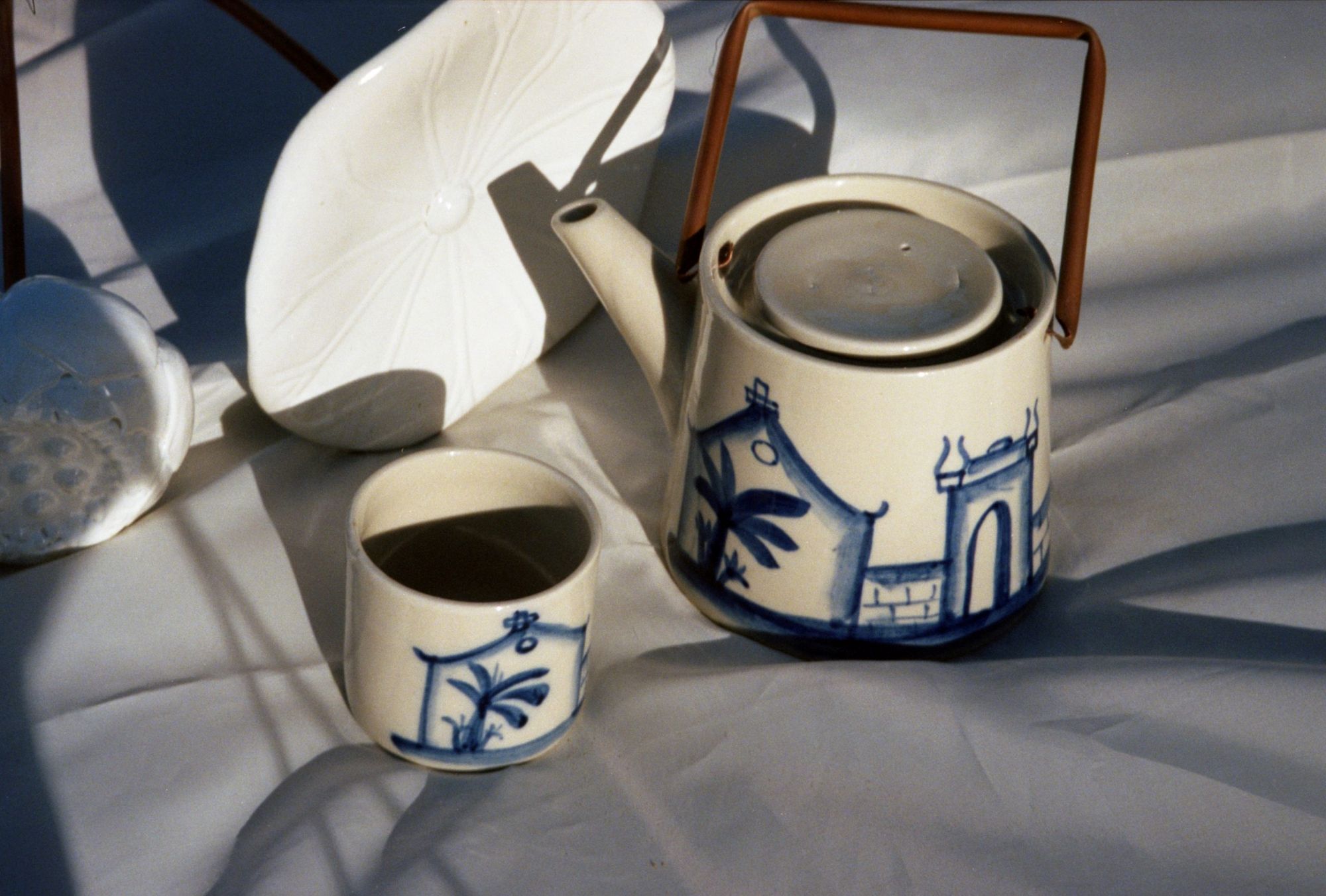
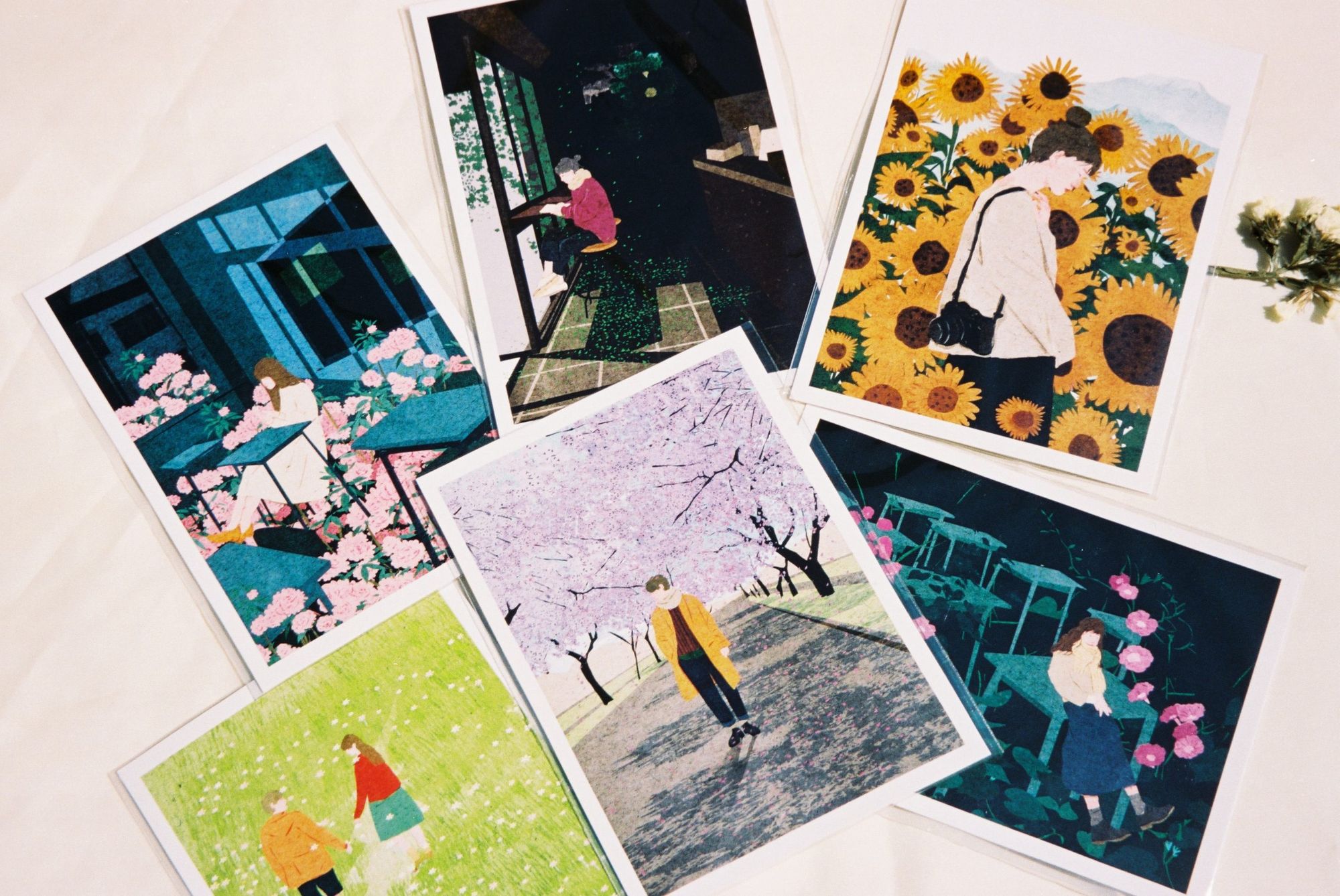

So if you feel homesick and want to relax on the island of peace, visit Gellérthegy Street because the kindness and serenity that surround the place will take you home immediately—even if you didn’t happen to grow up in Vietnam.

When Eastern bazaars and a minimalist Ukrainian brand meet

Prefab cabin surrounded by volcanic craters
